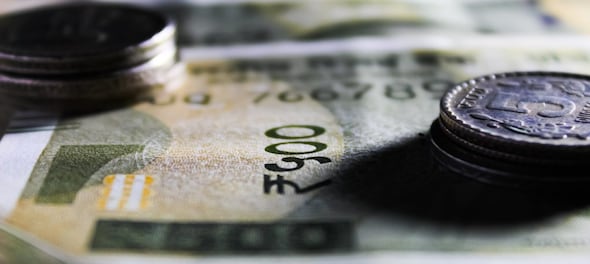
With 95 percent of Indians preferring safe investment options to grow their wealth, as per a SEBI report, the popularity of the Public Provident Fund (PPF) comes as little surprise.
Live TV
Loading...
We’ve all heard our parents in our youth say that money doesn’t grow on trees, but a PPF investment does come close. Backed by the government, PPF guarantees returns on your investment and is more tax-efficient than other similar instruments such as Fixed Deposits (FD).
But, is PPF too good to be true?
For starters, the money in PPF grows at 7.1 percent - the lowest interest rate in two decades and a far cry from the 12 percent highs in 2000. To put it simply, a PPF investment will grow wealth at a very slow pace.
And if your account for inflation, your money will grow at a snail’s pace. How? That’s because the inflation is at 4.5 percent, which means a PPF investment will actually grow at a measly 2.6 percent. In essence, you’d take nearly 36 years to double your investment in real terms!
There’s also the problem of its long lock-in period of 15 years. In fact, you can’t even partially withdraw any amount for the first six years.
Another crucial handicap is that you can’t save more than Rs 1.5 lakh in a PPF. Any investment above that would be taxed. In short, a PPF investment may be safe but wouldn’t be able to match your life goals.
Introducing Fractional Ownership
The fractional ownership model allows individuals to invest in the rather expensive and lucrative commercial properties in India. How? In this model, smaller investors can come together, pool their resources, and jointly buy a commercial property.
There are three primary reasons why, in recent years, middle-class India has set its sights on fractional properties.
One, they can share the burden of the property cost. Let’s say, a commercial property costs Rs 5 crore. Under normal circumstances, that would price out most small investors. But if 20-25 similar investors come together, they can buy the property outright.
Second, industry experts forecast a boom in commercial real estate (CRE). Amplified demand for office spaces, a huge injection of foreign money, and increased interest among large institutional investors are but a few reasons for the projected growth.
The numbers back it up to wide industry estimates suggest CRE to grow between 13 percent and 16 percent for the next five years. In addition to that, the fractional ownership model already at $5 billion in India is projected to grow at a robust 12 percent CAGR over a similar time period. Essentially, commercial properties display the potential for high capital appreciation.
Third, the prospect of receiving high rental income every month. Commercial properties have a rental yield of 9 percent on average, which is roughly three times higher than the residential counterparts.
A few other reasons why fractional property investment is regarded as safe and stable include:
Fractional properties are Grade-A properties and are given out to high-quality tenants such as cash-rich IT companies, banks and MNCs.
The contracts are airtight and the average lease period is 7 years, which means guaranteed rental income every month.The rental income typically increases by 15 percent every three years.
Historically, commercial property prices appreciate more than their residential counterparts.
Fractional Property vs PPF: In Numbers
Considering the current PPF interest rate is 7.1 percent, it’d take you a little over 10 years to double your investment.
In comparison, a one-time, sizeable investment in fractional properties can more than double in 6 years’ time. Here’s how:
Let’s say your initial investment is Rs 25 lakh.
Your property price grows at 7 percent* every year
(A) In 6 years, your fractional property value will be Rs 37.5 lakh
In addition, you receive rental income for those 6 years
Let’s assume, the first 3 years’ rental yield is 9 percent per annum
And 10.35 percent** from the fourth year
(B) Your total rental income would be Rs 14.5 lakh
Therefore, your total return on the Rs 25 lakh investment would be around Rs 52 lakh (A+B).
Note: *Commercial property prices appreciate by 7-16 percent per annum, depending on the location
**Typically, the rental income increased by 15 percent every three years
Numbers don’t lie. While the fractional ownership model is as safe as PPF, it delivers much higher returns in the long run, despite taking taxes into account. To top it, you also open up a second income stream in the form of regular monthly rents. Anybody would want that.
The author, Aankush Ahuja, is Director of Business Development and Investments at hBits. The views expressed are personal
(Edited by : Anshul)
Check out our in-depth Market Coverage, Business News & get real-time Stock Market Updates on CNBC-TV18. Also, Watch our channels CNBC-TV18, CNBC Awaaz and CNBC Bajar Live on-the-go!


Lok Sabha Election Phase 5 Live Updates: Polling begins, PM urges women, young voters to cast vote
May 20, 2024 6:34 AM
Gonda Lok Sabha election: BJP's Kirti Vardhan Singh takes on Beni Prasad Verma's granddaughter Shreya
May 19, 2024 10:19 PM

